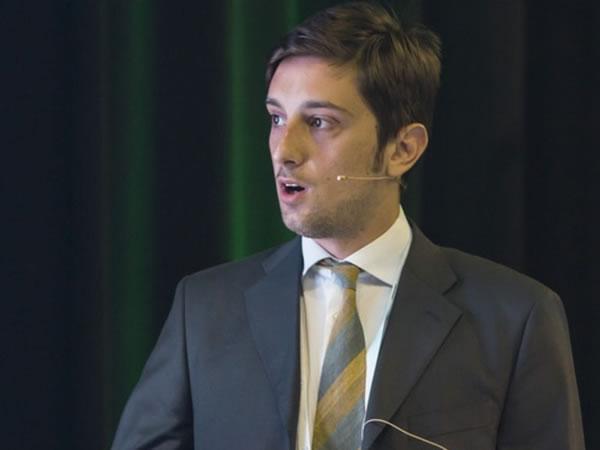
Date: 10 February 2019
The potential presence of Nickel Sulfide (NiS), which contaminates glass melt, can provoke “spontaneous” rupture even after years from installation.
All glass plates bearing a security risk have to be subject to Heat Soak Test (HST), i.e., they are exposed to a certain temperature for a certain time so to destroy the glass panes affected by critical NiS inclusions before installation.
A micro-mechanically motivated model for assessing the risk of spontaneous collapse of thermally treated glass is here proposed. This correlates the statistical expectation of finding a critical NiS inclusion with the breakage consequent to its volumetric expansion due to a phase transformation.
Three functions à la Weibull for the probability of spontaneous rupture during lifetime are derived for the case of no HST, short HST and long HST. Our aim is to contribute to solve the long-standing problem of defining the risk of spontaneous breakage in glass due to NiS inclusions by assessing the optimal holding time of the HST as a function of the risk reputed acceptable for the particular glass element under consideration. An explanatory example shows the potentialities of the approach.
About the Speaker:
Gabriele Pisano is a research fellow at the Construction Technologies Institute of the Italian National Research Council. He received his PhD at the University of Parma, under the tutorship of Prof. Royer Carfagni. His activity has been mainly focused on the research of micro-mechanically motivated models for characterizing the risk of collapse for glass elements. He published several papers on international journals, collaborating with European and American experts.
 600450
600450








Add new comment